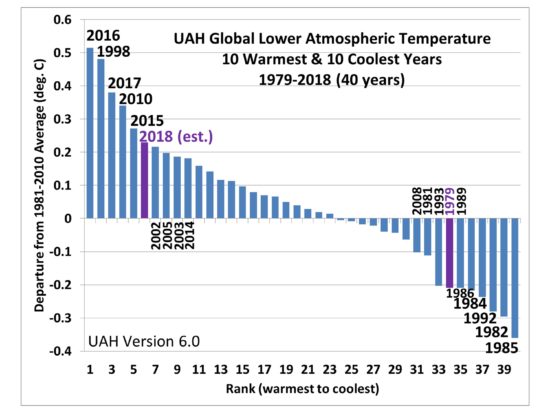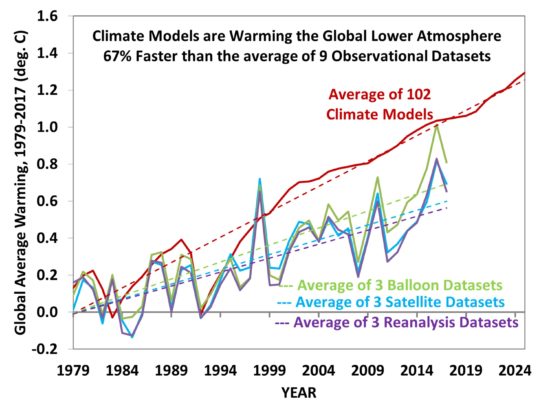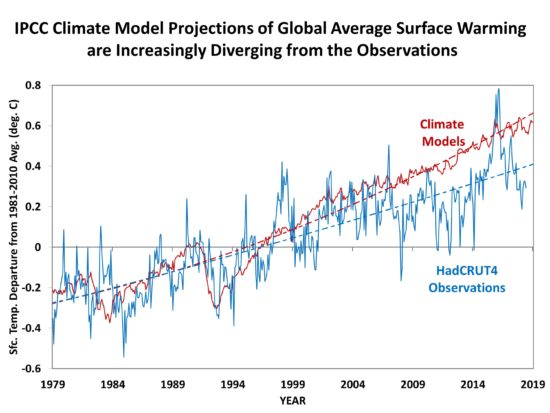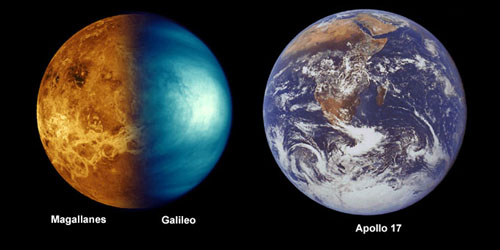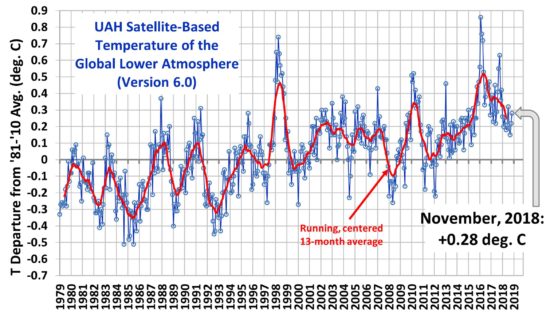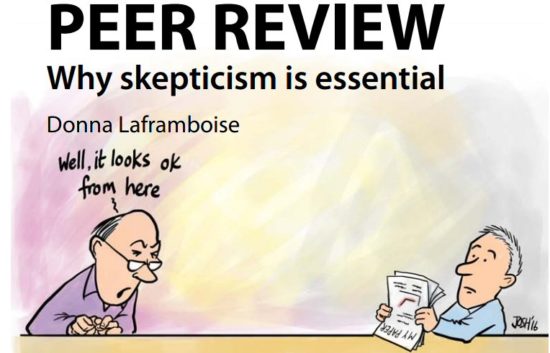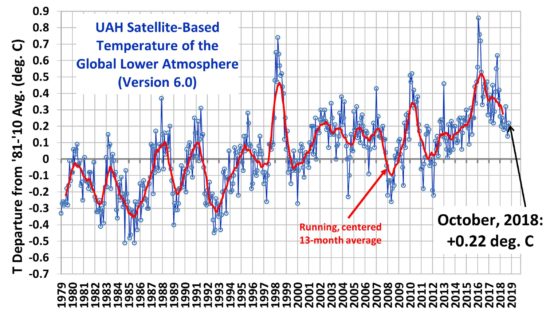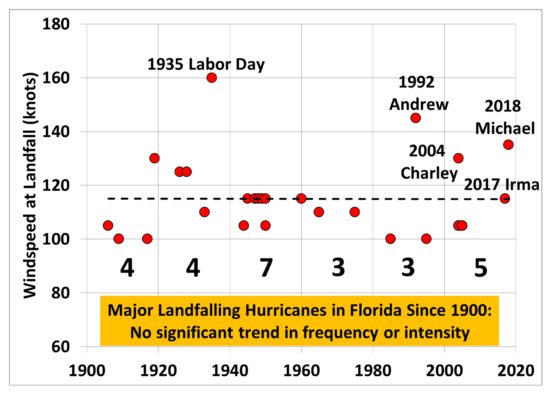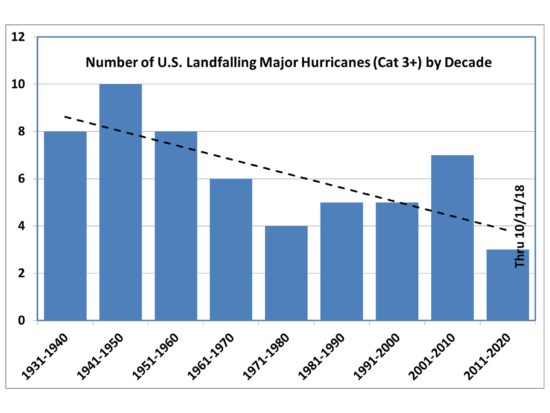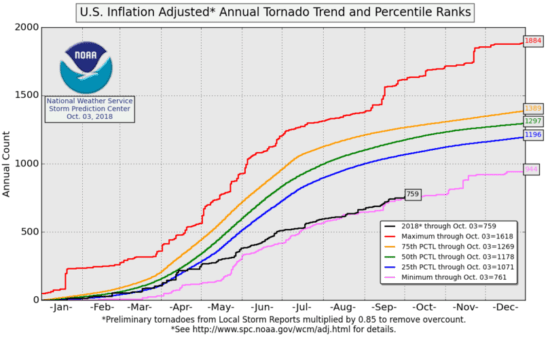The non-greenhouse theory of Nikolov (and now Zeller-Nikolov) continues to live on, most recently in this article I’ve been asked about on social media.
In short, it is the theory that there really isn’t a so-called “greenhouse effect”, and that the excess planetary surface temperatures on Earth, Venus, and other planets above the Stefan-Boltzmann (SB) temperature calculated from the rate of absorbed solar radiation is due to compressional heating by the atmosphere.
This is a popular alternative explanation that I am often asked about. Of course, if there is no “greenhouse effect”, we don’t have to worry about increasing CO2 in the atmosphere and all of the global warmmongers can go home.
I have posted on this blog many times over the years all of the evidences I can think of to show there really is a greenhouse effect, but it is never enough to change the minds of those who have already convinced themselves that planetary surface temperatures are only a function of (1) absorbed sunlight and (2) atmospheric pressure, as Zeller and Nikolov claim.
I’ve always had the nagging suspicion there was a simpler proof that the Zeller-Nikolov theory was wrong, but I could never put my finger on it. My co-worker, Danny Braswell (a PhD computational physicist) and I have joked over the years that we tend to make problems too difficult… we’ve spent days working a problem when the simple solution was staring us in the face all along.
Enter citizen scientist Willis Eschenbach, a frequent contributor at Wattsupwiththat.com, who back in 2012 posted there a “proof” that Nikolov was wrong. The simplicity of the proof makes it powerful, indeed. I don’t know why I did not notice it at the time. My apologies to Willis.
Basically, the proof starts with the simplified case of the average planetary temperature without an atmosphere, which can be calculated using a single equation (the Stefan-Boltzmann equation). Conceptually, in the absence of an atmosphere, sunlight will heat the surface and the temperature will rise until the rate of emitted infrared radiation from the surface to outer space equals the rate of absorbed solar energy. (To be accurate, one needs to take into account the fact the planet is rotating and spherical, the rate of heat conduction into the sub-surface, and you also need to know the planet’s albedo (solar reflectivity) and infrared emissivity).
The SB equation always results in a surface temperature that is too cold compared to surface temperatures when an atmosphere is present, and greenhouse theory is traditionally invoked to explain the difference.
Significantly, Willis pointed out that if atmospheric pressure is instead what raises the temperature above the S-B value, as the Zeller-Nikolov theory claims, the rate of energy loss by infrared radiation will then go up (for the same reason a hotter fire feels hotter on your skin at a distance). But now the energy loss by the surface is greater than the energy gained, and energy is no longer conserved. Thus, warming cannot occur from increasing pressure alone.
In other words, without the inclusion of the greenhouse effect (which has downward IR emission by the atmosphere reducing the net loss of IR by the surface), the atmospheric pressure hypothesis of Zeller-Nikolov cannot explain surface temperatures above the Stefan-Boltzmann value without violation of the fundamental 1st Law of Thermodynamics: Conservation of Energy.
This is a simple and elegant proof that radiation from the atmosphere does indeed warm the surface above the S-B value. This will be my first go-to argument from now on when asked about the no-greenhouse theory.
I like to give credit where credit is due, and Willis provided a valuable contribution here.
(For those who are not so scientifically inclined, I still like the use of a simple hand-held IR thermometer to demonstrate that the cold atmosphere can actually cause a warmer surface to become warmer still [and, no, the 2nd Law of Thermodynamics is not violated]).

 Home/Blog
Home/Blog